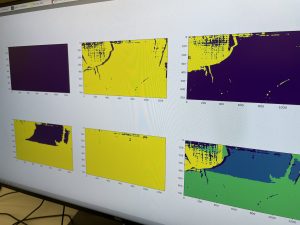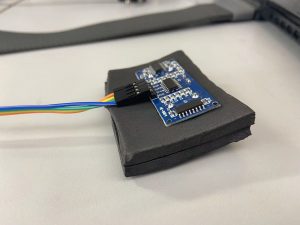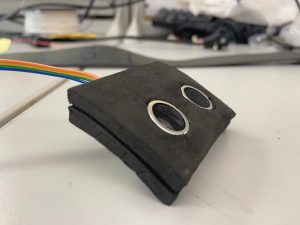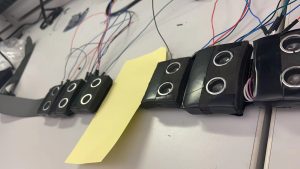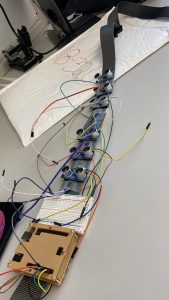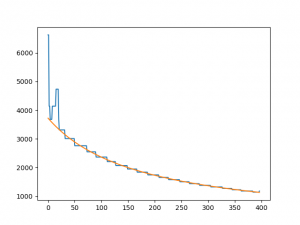This week my work primarily focused on testing. During testing, we found our system to be less robust than expected, so I worked with Kelton to increase the robustness. I also helped in developing the testing scenarios. Planned testing scenarios include:
- stationary obstacles: we place multiple objects of varying heights (chairs, boxes, etc.) and lead the blindfolded user wearing the belt (“user” in later occurrence) to the site. We will ask the user to tell us the direction of the obstacles.
- Moving obstacles: We ask the user to stay still while our team members move in front of the user, effectively acting as moving obstacles. We then ask the user to tell us the movement directions of the moving obstacles.
- Mixed scenarios: We will ask the user to walk down a hallway with obstacles we place in advance. We will time the movements and observe the occurrence of any collisions.

